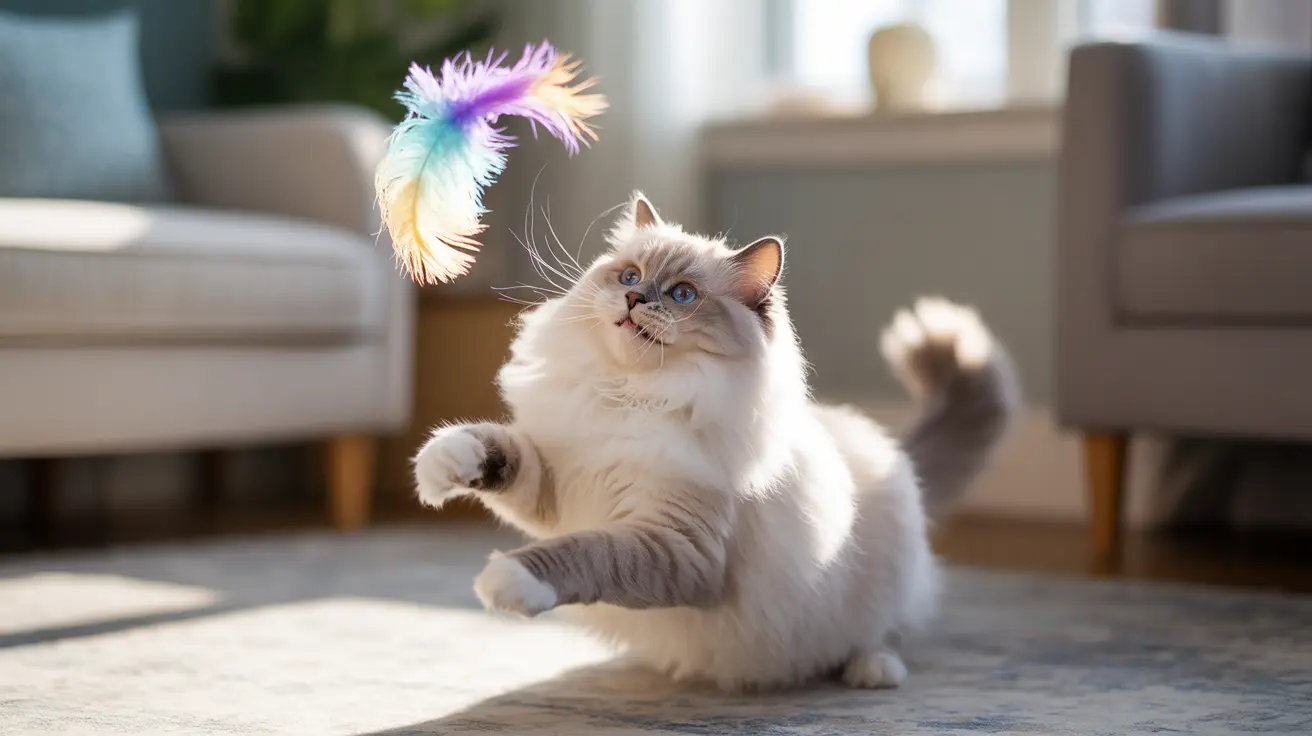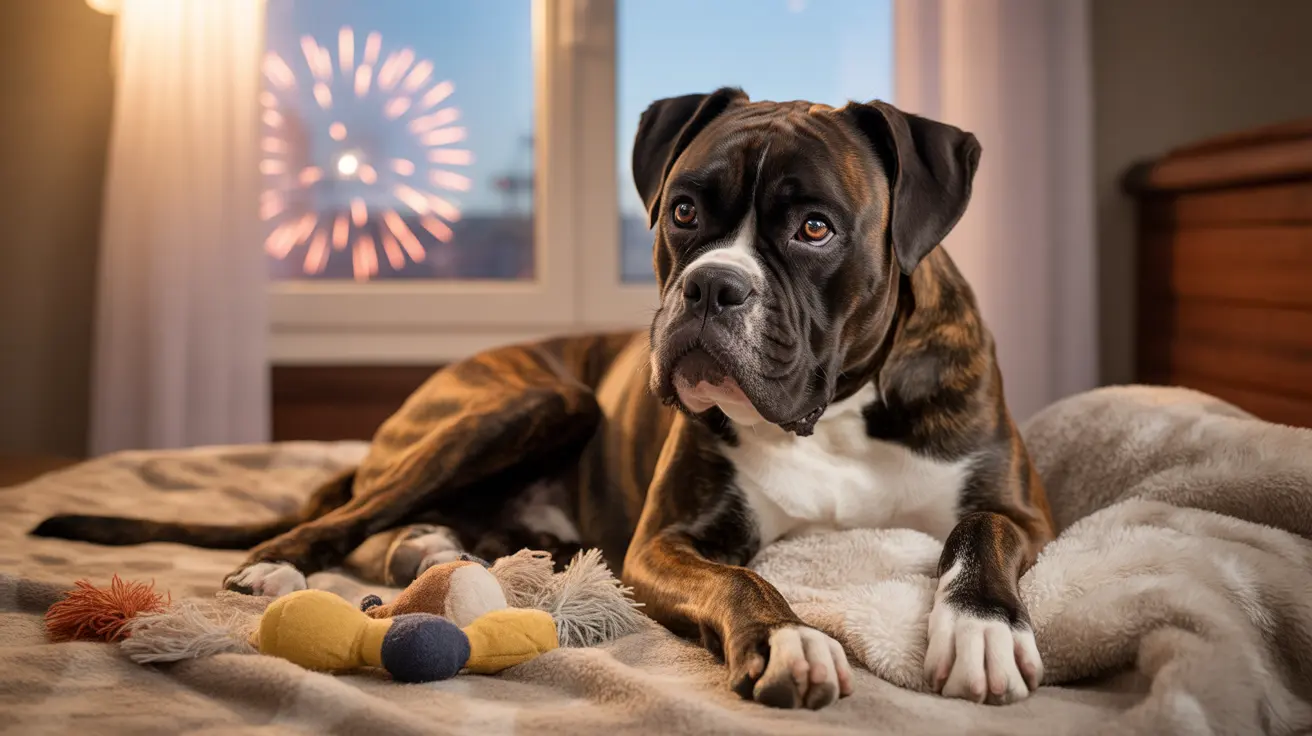Understanding Cat Facial Expressions: Decoding Your Feline's Complex Communication System
For years, cats have been misunderstood as aloof and emotionally distant creatures, often reduced to internet memes of "grumpy cats" with unchanging expressions. However, groundbreaking research has shattered this misconception, revealing that our feline companions possess one of the most sophisticated facial communication systems in the animal kingdom. With nearly 300 distinct facial expressions at their disposal, cats are far more expressive and socially complex than previously imagined.
This remarkable discovery emerged from a comprehensive study conducted at a Los Angeles cat café, where researchers meticulously observed 53 cats over 194 minutes of recorded interactions. Using advanced analysis techniques, scientists identified 276 unique facial expressions, with an impressive 45.7% classified as friendly communications. This research not only challenges our understanding of feline behavior but also opens new doors for improving human-cat relationships and enhancing pet welfare through better communication comprehension.
Understanding cat facial expressions is crucial for every cat owner, veterinarian, and animal behavior enthusiast. By learning to decode these subtle yet meaningful signals, we can respond more appropriately to our cats' needs, build stronger bonds, and even identify health issues before they become serious problems.
The Science Behind Feline Facial Communication
The breakthrough in understanding cat facial expressions came through the development of the Cat Facial Action Coding System, a sophisticated method for analyzing subtle facial muscle movements. This system excludes non-communication related actions like breathing or yawning, focusing specifically on intentional expressions used for social interaction.
Researchers identified approximately 26 unique facial movements that cats combine to create their vast repertoire of expressions. These movements involve intricate changes in ear position, eye shape and blinking patterns, whisker positioning, mouth movements, nose licking, and pupil size variations. The complexity rivals that of many other highly social mammals, demonstrating that cats have evolved sophisticated non-verbal communication skills.
The study's findings reveal that cats display about 276 distinct facial expressions, with 45.7% classified as friendly, 37% as aggressive, and the remainder falling into neutral or mixed categories. This distribution suggests that cats are naturally inclined toward positive social interactions, contradicting the stereotype of cats as inherently antisocial creatures.
How Domestication Enhanced Cat Expressiveness
The remarkable expressiveness observed in domestic cats appears to be a direct result of domestication and increased social living conditions. Unlike their wild counterparts, domestic cats live in environments that require frequent social navigation, both with other cats and with humans. This evolutionary pressure has enhanced their facial communication abilities far beyond what is necessary for survival in the wild.
Cats' diverse facial expressions likely evolved as an adaptation to multi-cat households and human interaction. In these complex social environments, clear communication becomes essential for maintaining harmony, establishing relationships, and avoiding conflicts. The ability to convey nuanced emotions and intentions through facial expressions provides cats with a sophisticated tool for social success.
Compared to feral cats or those living in less social environments, domestic cats demonstrate significantly more facial expressiveness. This suggests that the social demands of domestic life have actively shaped feline communication evolution, making our pet cats more emotionally expressive than their wild ancestors.
Decoding Friendly and Positive Cat Expressions
Understanding friendly cat facial expressions is key to recognizing when your feline companion is content, playful, or seeking interaction. Cats exhibiting positive emotions display several distinctive facial characteristics that signal their approachable and relaxed state.
Happy and relaxed cats show ears that are soft and forward-facing, positioned in the middle or forward direction rather than flattened or rotated backward. Their eyes appear half-closed or demonstrate slow blinking patterns, which is often called "cat kisses" and represents trust and contentment. The whiskers point sideways in a relaxed position, and the overall facial expression appears soft and open.
Alert and playful cats present a different but equally positive expression. Their ears are pricked forward, eyes are wide with small pupils, and whiskers point forward in anticipation. This expression indicates readiness for interaction, play, or hunting behavior, and cats displaying this face are typically receptive to engagement.
Researchers have also identified a specific "play face" in cats, characterized by a relaxed facial expression with parted lips, pulled-back mouth corners, and an open jaw. This expression, similar to play faces observed in dogs, monkeys, and humans, helps regulate the intensity of play and social interaction, ensuring that playful behavior remains friendly rather than aggressive.
Recognizing Stress, Anxiety, and Aggressive Expressions
Identifying negative emotional states through cat facial expressions is crucial for preventing conflicts and addressing welfare concerns. Cats experiencing stress, anxiety, or aggression display distinctly different facial characteristics that serve as important warning signals.
Stressed or worried cats exhibit flattened ears that may be rotated backward or to the sides, creating an asymmetrical appearance. Their pupils become dilated, eyes appear wide or narrowed, and whiskers become stiff or pinned back against the face. The overall facial expression appears tense, and cats may adopt defensive body postures including crouching low or preparing to flee.
Aggressive cats show even more pronounced warning signs through their facial expressions. Their ears are rotated or completely flattened against the head, pupils become constricted, and they may engage in lip licking behavior. These expressions often precede aggressive actions and should be taken as serious warnings to give the cat space and avoid further interaction until they calm down.
Anxious cats demonstrate subtle but important facial cues including asymmetrical ear positions, wide pupils, and whiskers that are somewhat lowered but still forward-facing. Unlike clearly aggressive cats, anxious cats show mixed signals that reflect their internal conflict between fear and curiosity or the desire to interact.
Health-Related Facial Expressions and Pain Recognition
One of the most valuable applications of understanding cat facial expressions lies in recognizing signs of illness, discomfort, or pain. Cats are notoriously skilled at hiding pain, making facial expression analysis a critical tool for early health problem identification.
Cats experiencing pain exhibit specific facial grimacing patterns that trained observers can learn to recognize. These include squinty or half-closed eyes, ears that are flattened and turned outward, a tense muzzle, and whiskers pushed forward in an unnatural position. The overall expression appears strained and uncomfortable, often accompanied by reduced activity and withdrawal from normal social interactions.
Depressed or unwell cats show distinctly different facial characteristics including drooping ears, dull or downward-looking eyes, and limp whiskers that lack their normal positioning and responsiveness. These cats often exhibit reduced grooming behavior and withdrawal from activities they previously enjoyed, making facial expression monitoring an important part of ongoing health assessment.
Early recognition of these pain-related facial expressions enables prompt veterinary intervention, potentially preventing minor issues from developing into serious health problems. Cat owners who learn to read these subtle signs can provide better care and ensure their pets receive appropriate medical attention when needed.
Improving Human-Cat Interactions Through Expression Reading
Understanding cat facial expressions transforms the quality of human-feline relationships by enabling more appropriate responses to cats' emotional states and communication attempts. This knowledge helps cat owners, veterinarians, and animal care professionals provide better care and build stronger bonds with feline companions.
When cats display friendly expressions with forward-facing ears, relaxed whiskers, and slow blinking patterns, they are indicating openness to interaction and affection. Responding to these signals with gentle petting, soft talking, or slow blinking back can strengthen the human-cat bond and increase the cat's comfort and trust.
Conversely, recognizing stress signals such as flattened ears, dilated pupils, and tense whiskers allows humans to modify their approach or give cats the space they need. This prevents negative interactions that could damage the relationship and helps reduce feline stress and anxiety in various situations.
The ability to read cat facial expressions also proves invaluable in multi-cat households, where understanding individual cats' emotional states can help prevent conflicts and ensure harmonious cohabitation. By recognizing when cats are feeling territorial, playful, or stressed, owners can intervene appropriately and create more peaceful living environments.
The Future of Cat Communication Research
While current research has revealed the remarkable complexity of cat facial expressions, scientists acknowledge that the exact meanings of many expressions remain unknown. Future studies are planned to investigate cats in diverse environments, including multi-cat households and feral colonies, to better understand how context influences facial communication.
Comparative studies between cats living in social groups versus solitary cats will help researchers understand how social environment shapes expression development and usage. This research may reveal whether cats living alone develop different communication patterns compared to those in multi-cat environments.
Technology is also advancing to support better understanding of animal facial expressions. Digital analysis tools and artificial intelligence applications are being developed to help identify and categorize facial expressions more accurately, potentially creating resources that pet owners and professionals can use to improve animal welfare and communication.
The broader implications of this research extend beyond cats to our understanding of interspecies communication and the evolution of social behavior in domestic animals. As we continue to decode the complexity of feline facial expressions, we gain valuable insights into the sophisticated emotional lives of our animal companions.
Frequently Asked Questions
Q: How many facial expressions can cats actually make?
Research has identified approximately 276 distinct cat facial expressions, created by combining about 26 unique facial movements. This number far exceeds previous estimates and demonstrates the remarkable complexity of feline communication.
Q: What does it mean when my cat slowly blinks at me?
Slow blinking is a sign of trust and contentment in cats. Often called "cat kisses," this behavior indicates that your cat feels safe and comfortable with you. You can return the gesture by slowly blinking back to strengthen your bond.
Q: How can I tell if my cat is in pain through their facial expressions?
Cats in pain often show facial grimacing including squinty eyes, flattened ears turned outward, a tense muzzle, and whiskers pushed forward. They may also have a strained overall expression and show reduced activity or withdrawal from social interaction.
Q: Do all cats have the same facial expressions?
While cats share common facial expression patterns, individual cats may have variations in how they express emotions. Factors like breed, socialization, and living environment can influence the range and frequency of expressions a cat uses.
Q: What should I do when my cat shows aggressive facial expressions?
When you notice aggressive expressions like flattened ears, constricted pupils, or lip licking, give your cat space immediately. Avoid direct eye contact, move slowly, and allow the cat to calm down before attempting any interaction.
Q: Are indoor cats more expressive than outdoor cats?
Domestic cats living in social environments, particularly multi-cat households, tend to be more facially expressive than feral or less socialized cats. This increased expressiveness appears to be an adaptation to complex social living situations.
Q: Can understanding cat facial expressions help with veterinary visits?
Yes, recognizing stress and anxiety signals through facial expressions can help both owners and veterinarians provide better care. Understanding when a cat is frightened or uncomfortable allows for gentler handling and potentially better medical outcomes.
Conclusion
The discovery that cats possess nearly 300 distinct facial expressions fundamentally changes our understanding of feline intelligence, emotion, and social complexity. Far from being the aloof, unexpressive creatures they were once thought to be, cats emerge as sophisticated communicators with rich emotional lives and nuanced social skills. This research not only validates what many cat owners have long suspected about their pets' expressiveness but also provides scientific backing for the deep bonds that can form between humans and cats.
As we continue to decode the intricacies of cat facial expressions, we open doors to better pet care, improved veterinary medicine, and stronger human-animal relationships. Understanding these subtle but meaningful communications allows us to respond more appropriately to our cats' needs, recognize health issues earlier, and create environments that support feline welfare. The next time you look into your cat's eyes, remember that you're witnessing one of nature's most sophisticated communication systems in action.





